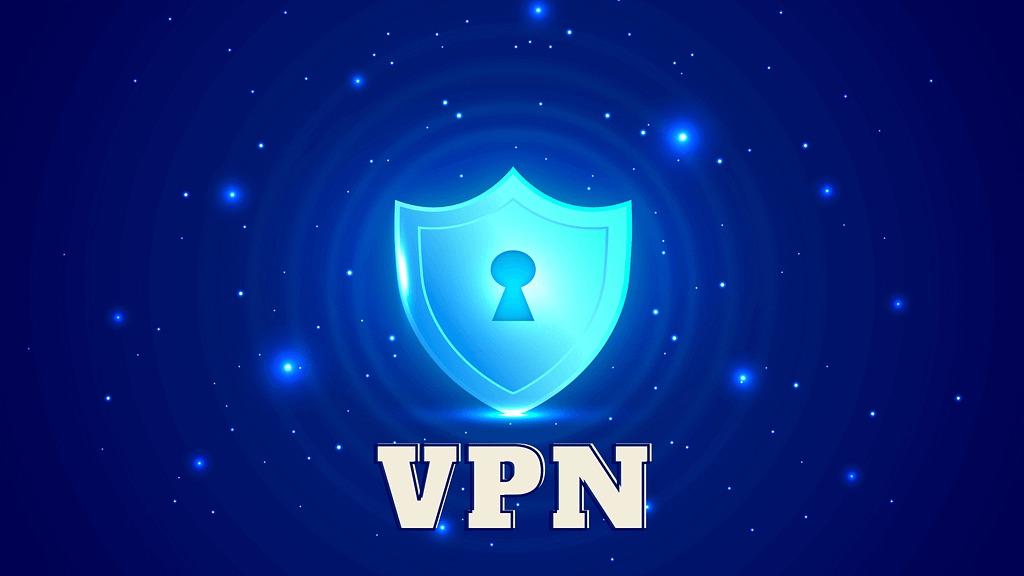Blockchain technology has taken the digital world by storm, revolutionizing how we manage data and transactions. In a world where information is power and security is paramount, blockchain offers a groundbreaking innovation that extends far beyond its association with cryptocurrencies. Whether you’re a tech enthusiast, a curious beginner, or a forward-thinking entrepreneur, this article will provide you with a clear understanding of blockchain technology, its purpose, capabilities, workings, types, and promising future.
What Is Blockchain?
At its core, blockchain is a transparent, unchangeable, decentralized digital diary that records transactions across many computers worldwide. Think of it as a shared document where multiple parties can write entries, but once an entry is made, it becomes permanent and immutable. This distributed ledger technology ensures trust, accountability, and security in a world where these qualities are more critical than ever.
The Main Purpose of Blockchain Technology
The primary purpose of blockchain technology is to enable secure, transparent, and tamper-proof transactions in a decentralized manner. It creates trust in an environment where trust may be lacking. Let’s break down its core features:
- Security: Each transaction on a blockchain is encrypted and linked to the previous one. Altering any transaction would require changing all subsequent transactions, which is computationally impractical, making blockchain highly secure against fraud and tampering.
- Transparency: Every transaction on the blockchain is visible to all participants in the network. This transparency ensures accountability and makes cheating the system nearly impossible.
- Decentralization: Unlike traditional databases controlled by a single entity, such as a bank or a government, blockchain is distributed across multiple nodes or computers. This decentralization means no single entity has complete control, making it resistant to censorship and single points of failure.
In essence, blockchain serves as a secure and transparent medium for parties who may not inherently trust each other to agree on the state of a database without requiring a trusted intermediary. It finds applications in various domains, including financial transactions, supply chain management, digital identity verification, voting systems, health records, and copyright protection.
What Can Blockchain Really Do?
- Secure Transactions: Blockchain can facilitate secure peer-to-peer transactions, eliminating the need for intermediaries like banks, leading to faster and more cost-effective transactions.
- Supply Chain Transparency: It can provide transparency in supply chains, allowing consumers to verify product authenticity, track their journey, and make ethical purchasing decisions.
- Digital Identity: Blockchain offers a secure way to manage digital identities, simplifying the process of verifying identities online for services like online banking, e-commerce, or government services.
- Voting: Blockchain can create secure, transparent voting systems, reducing the risk of fraud and enabling remote voting, potentially increasing voter turnout.
- Health Records: Blockchain can establish secure, interoperable health records, giving individuals more control over their health data and improving the quality of care.
- Copyright Protection: For artists and creators, blockchain provides a way to register and protect intellectual property rights, ensuring fair compensation for their work.
- Decentralized Finance (DeFi): Blockchain serves as the backbone of DeFi, aiming to recreate traditional financial systems like loans or insurance in a decentralized, transparent manner, providing financial services to the unbanked or underbanked.
As blockchain technology advances, its applications continue to diversify and gain more power, promising a transformative impact on various industries.
How Blockchain Works – Step by Step
Understanding how blockchain works may seem complex, but let’s simplify it into a step-by-step process:
- Transaction Initiation: A user initiates a transaction, whether it’s sending cryptocurrencies, recording a contract, or casting a vote.
- Transaction Verification: The transaction needs verification by a network of computers or nodes. These nodes confirm transaction details, validity, and participant status.
- Transaction Added to a Block: Verified transactions are grouped into blocks, each with a certain capacity. When the block reaches capacity, a new block is created.
- Block Added to the Chain: Before adding to the chain, each block is given a unique cryptographic hash, and it contains the hash of the previous block. This creates a secure chain of blocks.
- Consensus: Nodes in the network must reach a consensus that the block is valid. This process, known as mining in some blockchains, ensures the integrity of the blockchain.
- Completion: Once consensus is reached, the block is added to the chain, and the transaction is complete. The updated blockchain is visible to all participants.
Can a Blockchain Be Hacked?
While blockchain technology is designed to be secure and tamper-resistant, it’s not entirely immune to hacking. However, successfully hacking a blockchain is extremely challenging and resource-intensive. One potential vulnerability is the 51% attack, but executing it on a large, established blockchain like Bitcoin is highly unlikely. Smart contract vulnerabilities and hacks on peripheral systems pose additional risks, but the blockchain itself remains robust.
The Different Types of Blockchains
Blockchain technology has evolved into various types, each with its own characteristics and use cases:
- Public Blockchains: Open to anyone, decentralized, and transparent. Examples include Bitcoin and Ethereum, known for strong security and transparency.
- Private Blockchains: Restricted to specific members, offering more control over validation and faster transaction times. Hyperledger Fabric is an example.
- Consortium Blockchains (Federated Blockchains): Controlled by a group of organizations, striking a balance between openness and control, often used in sectors like banking.
- Hybrid Blockchains: Combining elements of public and private blockchains, they provide control over who can access information while allowing decentralized verification.
The choice among these types depends on specific needs and goals.
The Future of Blockchains and Their True Potential
The future of blockchain technology holds promise and provocation. It extends beyond current applications and may disrupt traditional systems in unforeseen ways:
- Decentralized Internet: Blockchain could pave the way for a decentralized Internet (Web 3.0), granting users control over their data and digital identities.
- Token Economy: A global token economy could rise, democratizing access to investment opportunities but requiring new regulatory frameworks.
- AI and Blockchain: The convergence of AI and blockchain could enhance transparency and security in AI systems, although ethical concerns emerge.
- Quantum Threat: The advent of quantum computing poses a potential threat to blockchain, leading to the development of quantum-resistant solutions.
In conclusion, blockchain technology is a thrilling journey into the unknown, offering the promise of a more decentralized, transparent, and equitable world. As it continues to evolve, fostering a dialogue about its ethical, legal, and societal implications becomes crucial. Blockchain’s potential is vast, and its impact on our world is just beginning.




